Your carefully crafted content might be invisible to the fastest-growing segment of searchers. While you’ve mastered Google rankings, potential customers are increasingly asking ChatGPT, Claude, and Perplexity for recommendations instead of traditional search engines.
Here’s what’s happening: AI-powered platforms are becoming the discovery layer for products, services, and expertise. When someone asks, “What are the best marketing tools for startups?” they’re not necessarily opening Google anymore. They’re asking ChatGPT directly.
While this might seem overwhelming, this is actually a good thing. Nowadays, there are a bunch of tools that can help you understand how your brand is showing up in AI tools like ChatGPT. Note that not all tools are created equal!
In this article, we’ll try our best to list all the GEO tools you need, so you can optimize your site and content and finally show up in ChatGPT’s answers.
Essential Features Every GEO Tool Should Offer
Think of these tools as your AI visibility dashboard. Just as you wouldn’t run SEO campaigns without tracking rankings, you can’t optimize for generative engines without understanding where and how you appear in AI responses.
Core Capabilities to Look For:
- Brand mention surveillance: Track when and how AI platforms reference your company, products, or expertise in generated responses
- Content readiness assessment: Analyze whether your existing content is structured for AI consumption and citation
- Competitive intelligence: Monitor how rivals appear in similar AI queries and identify visibility gaps
- Citation source tracking: Understand which pieces of content AI systems find most valuable for citations
- Response optimization guidance: Get specific recommendations for improving your content’s AI discoverability
- Technical foundation audits: Ensure AI crawlers can access and understand your website’s structure
Top GEO Tools You Need
1. GenRank: The ChatGPT Specialist
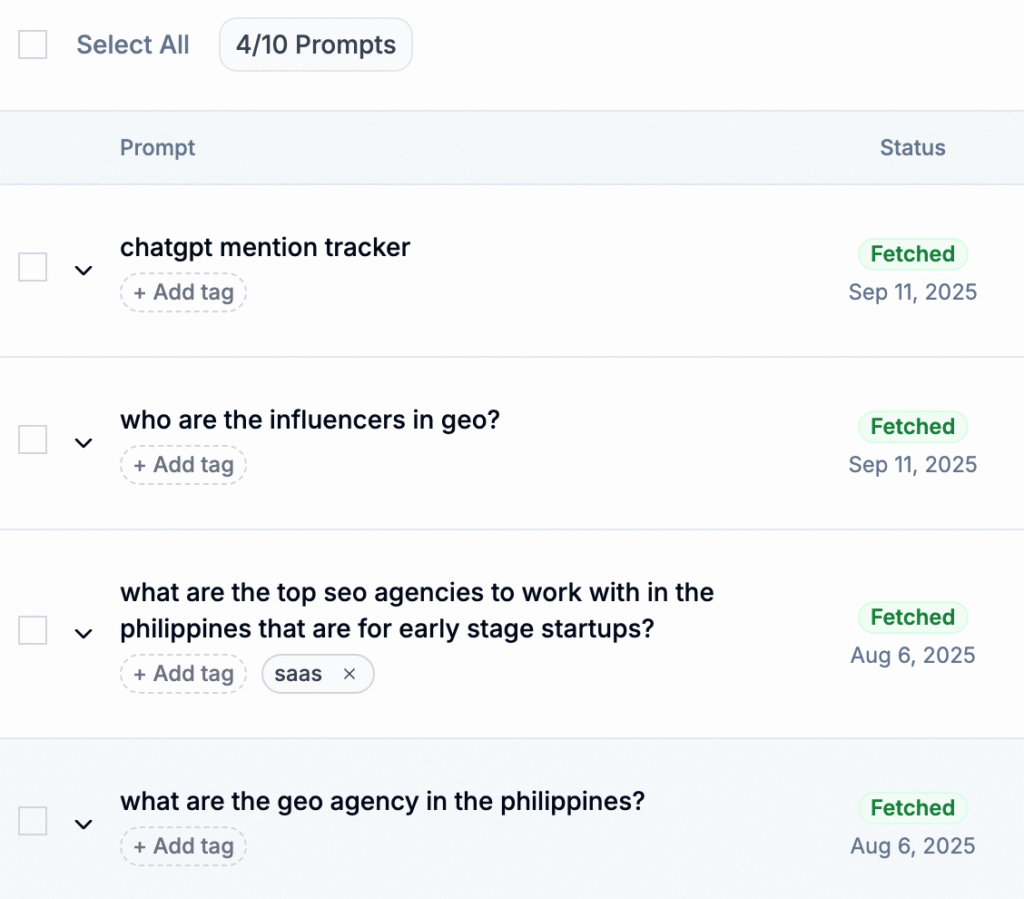
Rather than spreading resources across every AI platform, GenRank focuses exclusively on the platform where most AI searches happen: ChatGPT.
Key Features:
- Real-time brand mention tracking: Monitor exactly how ChatGPT references your brand, domain, and competitors
- Web search functionality: Track both ChatGPT’s training data and web search capabilities
- Timeline visualization: Watch your AI visibility trends over weeks and months to measure optimization impact
- Competitor benchmarking: Compare your brand’s performance against rivals in the same responses
- Export capabilities: Download all data to CSV for reporting and analysis
Pricing:
- Free Plan: Track 10 prompts, re-fetch responses every 48 hours.
- Professional Plan: $39/month, track 50 prompts, can add multiple projects
GenRank’s focused approach makes sense for most businesses: master ChatGPT optimization first, then expand to other AI platforms once you have a solid understanding of the fundamentals.
2. Writesonic: Content Creation Meets Optimization
Writesonic bridges the gap between content creation and AI optimization, offering a comprehensive GEO platform that tracks brand visibility while helping create optimized content.
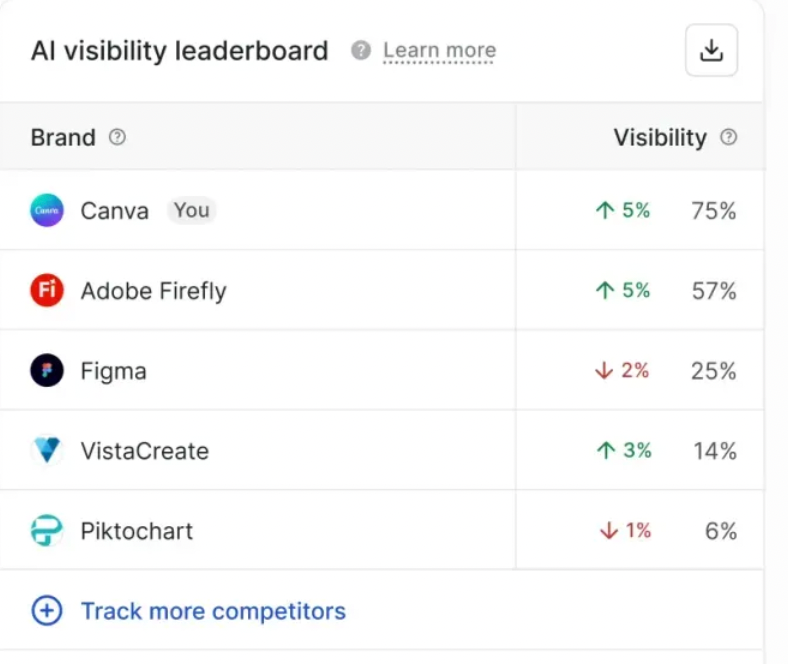
Key Features:
- AI Search Visibility (GEO): Track brand mentions across ChatGPT, Google AI Overviews, Perplexity, Claude, and Gemini
- Prompt Diversification: Get realistic prompt recommendations using proprietary AI chatbot dataset
- AI Search Volume Data: Like keyword volume, but for AI prompts
- Sentiment Analysis: Understand how AI talks about your brand and benchmark against competitors
- Content Creation Integration: AI article writer and content optimization tools
- SEO AI Agent: Automated SEO workflows and technical audits
Pricing:
- Professional Plan: $249/month (100 AI prompts/month, 2 users, 2 projects, 100 articles)
- Advanced Plan: $499/month (200 AI prompts/month, 5 users, 4 projects, 200 articles, full GEO access)
Writesonic has a multitude of features, which can be overwhelming. It’s ideal for those who don’t have an AI content workflow and a GEO tool. If you already have AI tools for writing, Writesonic might be overkill.
3. Geoptie: Technical Foundation Focus
Geoptie offers a comprehensive suite of free GEO tools designed specifically for optimizing content for generative search engines.

Key Features:
- Free GEO Audit: Comprehensive diagnostic analysis of 6 critical dimensions for AI search readiness
- GEO Content Checker: Evaluate existing content against AI optimization criteria
- GEO Keyword Finder: Discover AI optimization opportunities with conversational query focus
- GEO Rank Tracker: Monitor rankings across multiple AI platforms
- Technical Audits: Site speed, crawlability, and schema implementation checks
Pricing:
- Open Beta: Completely free during beta phase (all features included)
- Future Pricing: To be announced after beta completion
You can try the free GEO audit right away without signing up. You just need to include your site.
4. Semrush: Established Platform Adding GEO
Semrush has integrated AI search tracking into its established SEO platform, making it convenient for teams already using their ecosystem.
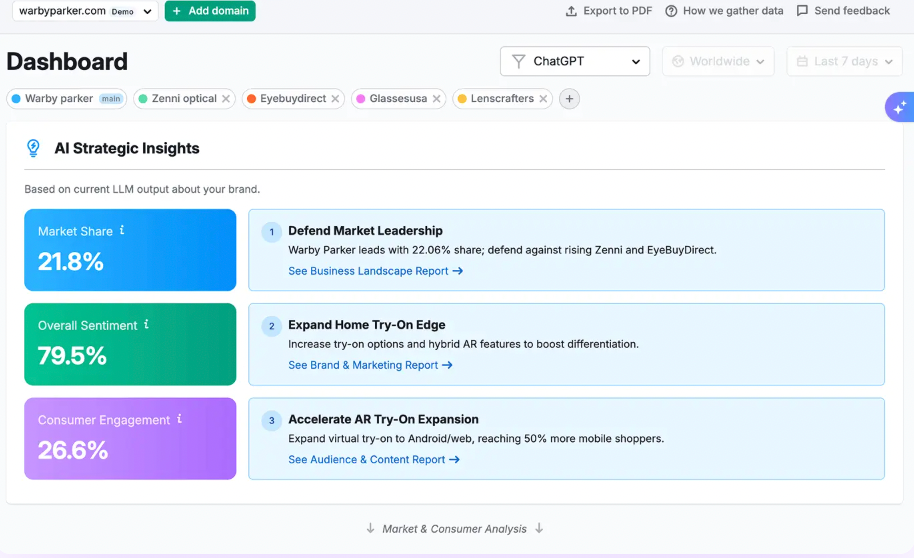
Key Features:
- AI Toolkit: Analyze how AI platforms perceive your brand with sentiment analysis
- Business Landscape reports: Market share insights across AI platforms
- AI Overview tracking: Monitor Google’s AI Overviews specifically
- Competitor insights: Track up to 50 competitors across AI platforms
- Integration: Seamless integration with existing Semrush SEO tools
Pricing:
- AI Toolkit Add-on: $99/month per domain
Core Semrush Plans: Starting at $139.95/month (required for AI features)
5. Ahrefs Brand Radar
Ahrefs is developing AI search tracking capabilities within its existing platform, currently in beta testing for existing users.
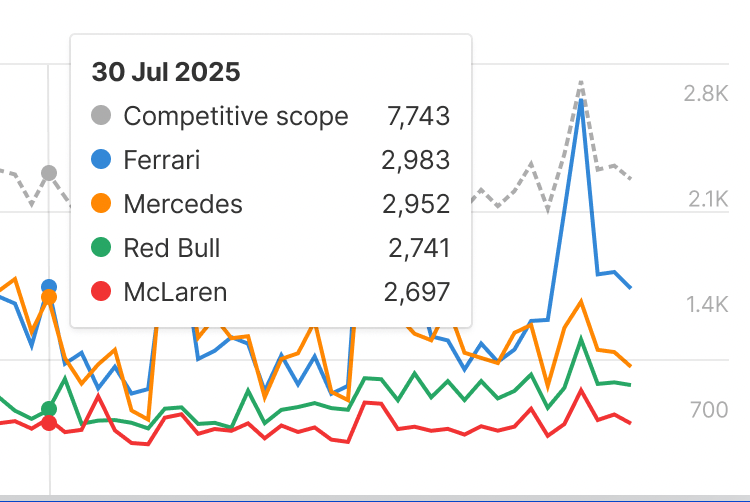
Key Features:
- Brand Radar: Track brand mentions across ChatGPT, Google AI Overviews, and Perplexity
- AI Overview tracking: Monitor when your brand appears in Google’s AI-generated summaries
- Integration: Display AI citation data alongside traditional SEO metrics
- Site Explorer integration: View AI visibility within existing Ahrefs workflows
Pricing:
- Beta Phase: Free for existing Ahrefs users during beta
- Future Pricing: Will become a paid add-on at $99/month (estimated)
Core Ahrefs Plans: Starting at $129/month (required for access)
6. SE Ranking: Comprehensive AI Visibility Suite
SE Ranking offers a three-part AI visibility tracking suite that’s integrated into their main platform at no extra cost
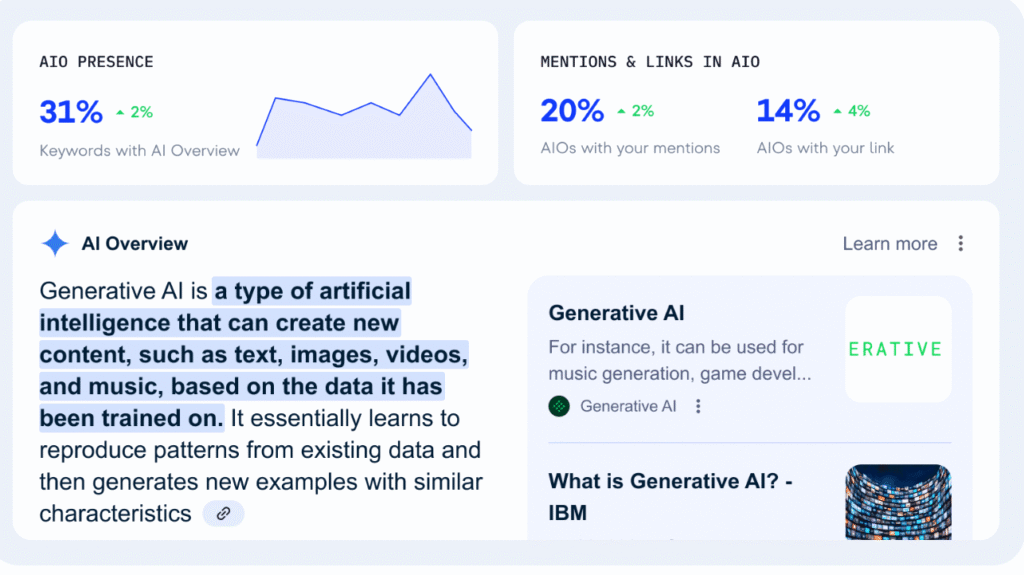
Key Features:
- AI Overviews Tracker: Monitor Google’s AI snippets specifically
- AI Mode Tracker: Track conversational search performance
- Multi-platform visibility: Unified tracking across ChatGPT, Perplexity, and Gemini
- “No cited” feature: Identify competitor mentions where your brand is absent
- Local SEO capabilities: Strong local optimization features alongside AI tracking
Pricing:
- Integrated Feature: Included with SE Ranking subscriptions at no extra cost
- Entry Plans: Starting at $39/month
- Pro Plans: Higher tiers available for agencies and enterprises
How to Choose the Right GEO Tool for Your Needs
Every marketer and company has different needs when it comes to the right GEO tool. What’s right is a matter of choice.
There will be many factors that will affect your decision, but here are a few things to help you make the right decision.
Check what you already have.
Which SEO tool are you using now? More and more native SEO tools are adding GEO features. For example, Surfer SEO started adding an AI tracker as part of its tools.
Using the tools you already have allows you to take action immediately instead of learning another tool. Plus, it can save you a few bucks on your subscription each month. While these added features are usually not as comprehensive as a native GEO tool, they are a good way to start exploring what’s out there. You can decide to get fancy later on.
Read our GEO audit checklist to help you prioritize.
Map out your digital footprint.
Each brand is unique. Some are new, with only a few pages written about them. On the other hand, older brands will have hundreds, if not thousands, of pages mentioning their brands.
Bigger brands naturally will want to monitor more prompts and competitors. This can affect your decision by choosing GEO tools that can support hundreds of prompts.
And it’s not only your online footprint that can affect your decision…
Find one that fits your budget.
The size of your team may also affect your budget. The more team members who need access to the GEO tool, the more expensive it might get.
Ideally, you’ll want to start with a free plan and eventually grow into a bigger plan once GEO is part of your recurring marketing work. (And it should be!)
That’s why tools like Genrank are especially helpful because it has a free tier, which allows you to get in the habit of monitoring your brand mentions in ChatGPT without having to invest anything.
It’s Time to Choose
Don’t postpone using a GEO tool. The sooner you start, the better you understand the next steps. It’s okay if you don’t have a full plan or if you’re totally new to GEO.
Start with tools that match your current resources and expand your capabilities as your understanding deepens. The businesses that begin monitoring their AI presence today will have significant advantages as generative engines become even more influential in customer discovery.
FAQs
How to optimize content for GEO?
Structure your content for easy AI extraction by using clear headings, concise paragraphs, and standalone sections that answer specific questions completely. Write with AI-friendly style principles: use declarative sentences, avoid ambiguity, and ensure each section provides complete context. Create content with retrieval in mind by making information easy for AI systems to find and reference when generating responses.
Is GEO better than SEO?
GEO complements rather than replaces SEO. Traditional SEO focuses on ranking pages in search results, while GEO optimizes for citations and mentions in AI-generated responses. Both serve different user behaviors: people still Google for many queries, but increasingly ask AI platforms for recommendations and explanations. Smart marketers invest in both approaches because they reinforce each other.
What is a free GEO tool?
GenRank offers a robust free tier that tracks up to 10 ChatGPT prompts without requiring a credit card. This lets you monitor how ChatGPT mentions your brand and compare your visibility to competitors. Geoptie also provides free auditing tools that check your site’s technical readiness for AI discovery, including crawlability and schema implementation.
